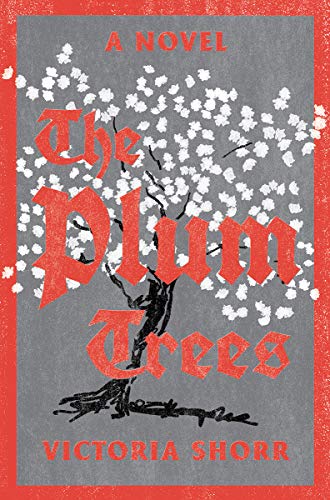The Plum Trees
Consie, a somewhat jaded writer attending the dreary funeral of her oldest uncle in Ohio, discovers a letter from 1945 giving hope that her great-uncle Hermann might have escaped Auschwitz. His nieces Klara and Alice had themselves survived the camps and made lives in Canada. Consie uncovers dramatic evidence of the fates of Hermann’s daughters Magda and Gabi, and the disbelief they experienced during the early ramping of antisemitic sentiment in Czechoslovakia and Austria.
The novel traces the harrowing ordeal of these young women in the camps, and their striking ingenuity and generosity in the face of death. The novel is exceptional in its realism. The period correspondence and other documentation take on the essence of character, as the reader savors the historical eccentricities of wording and usage along with Consie, and sees Europe’s unexpected transition from apparent bucolic innocence to madness through the disbelieving eyes of the characters. Even minor characters, such as Hermann’s kabbalistic fellow inmate, are rich in dimension and used to underscore the cultural and philosophical contrasts that underlay the Holocaust. Shorr’s style is generally well paced but sometimes languid in interior perspective. Emotional response to horrific events is a key theme. Recommended.










